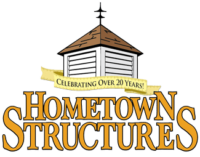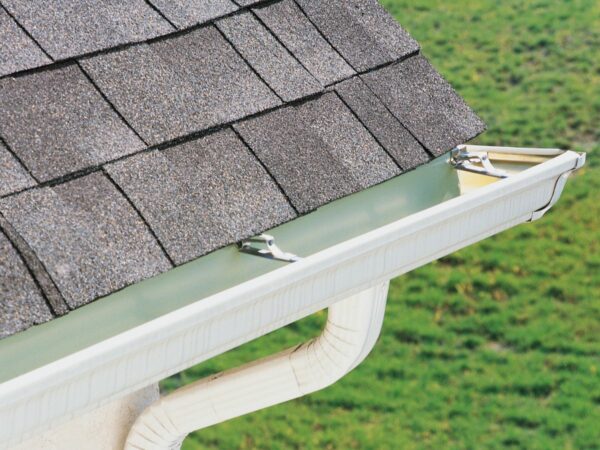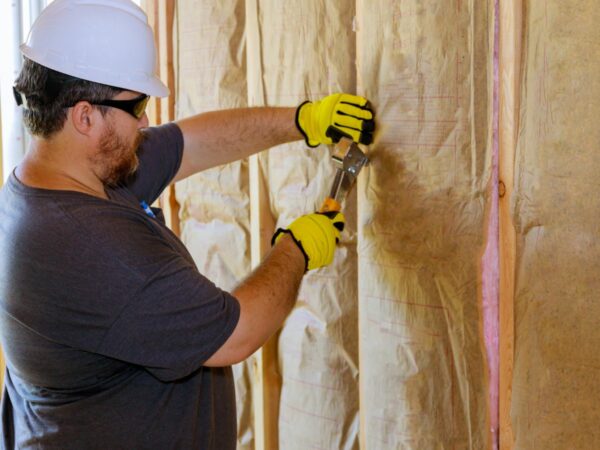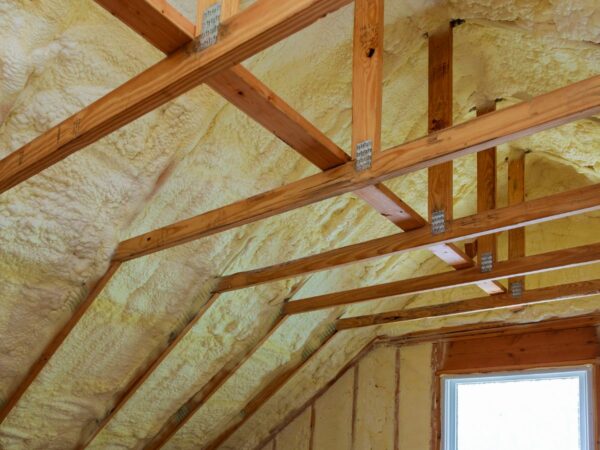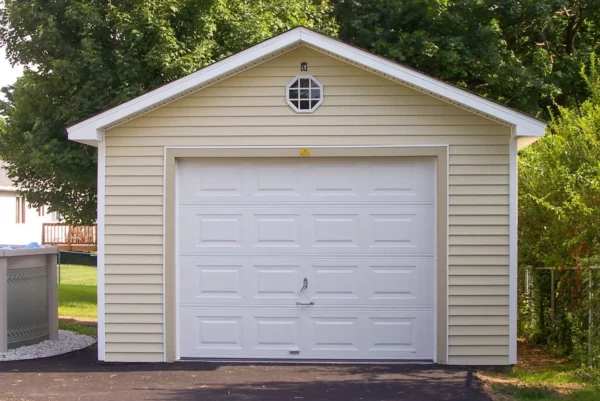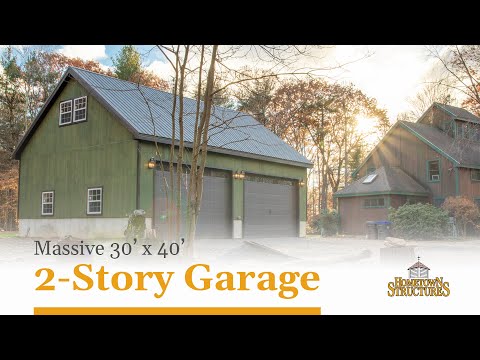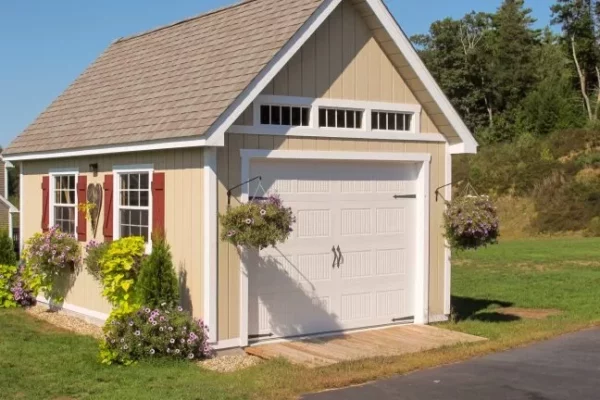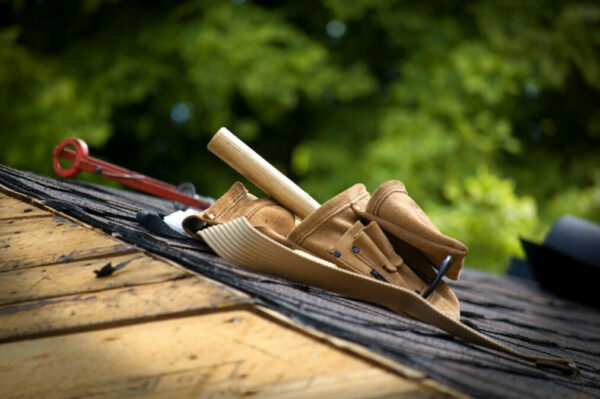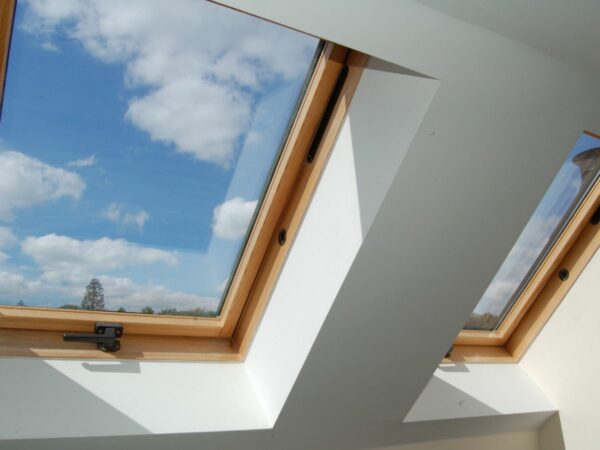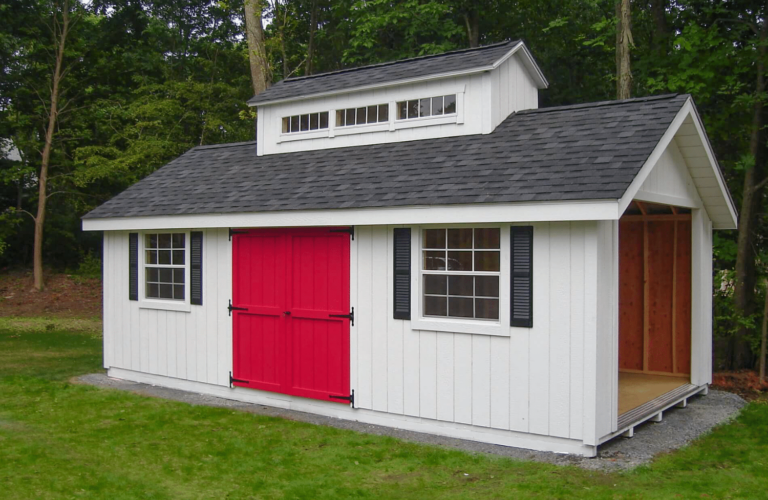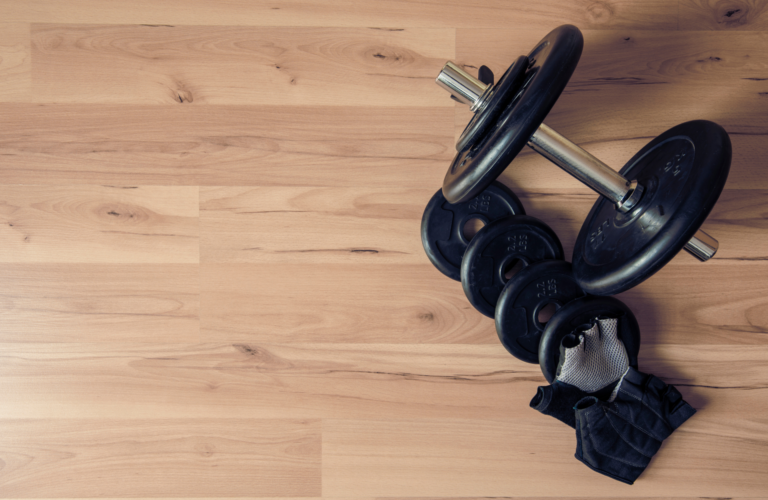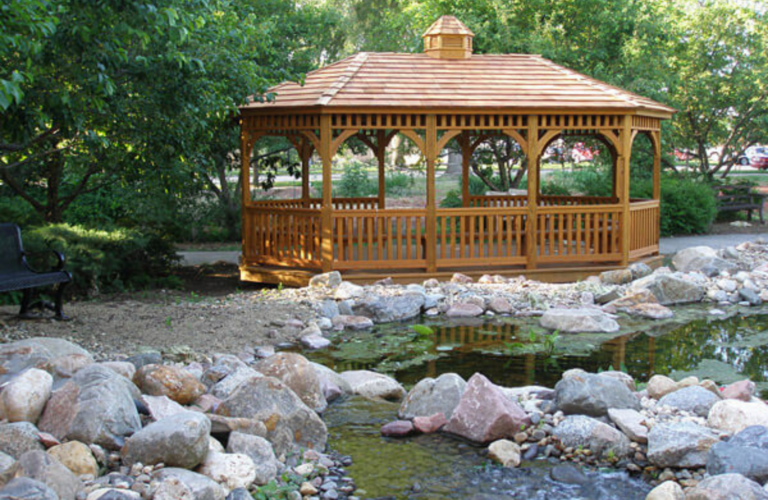Garage Roofs
Table of Contents
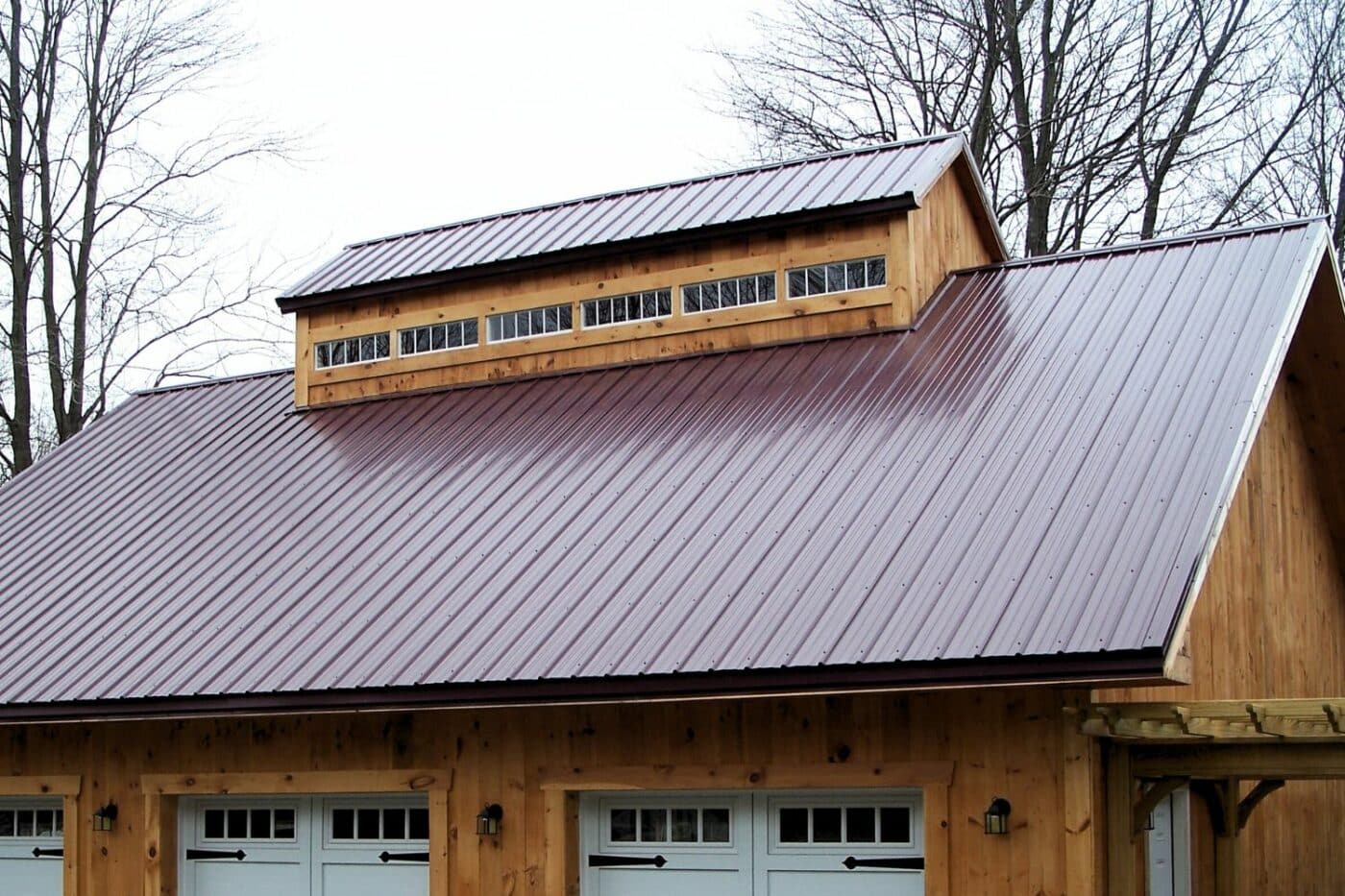
Are you wondering what type of garage roof you should get? How you can insulate it? There are many questions about this topic, and we are here to answer them! So let’s jump in with the commonly asked questions about garage roofs and what you should know.
Do You Need Roof Vents in the Garage?
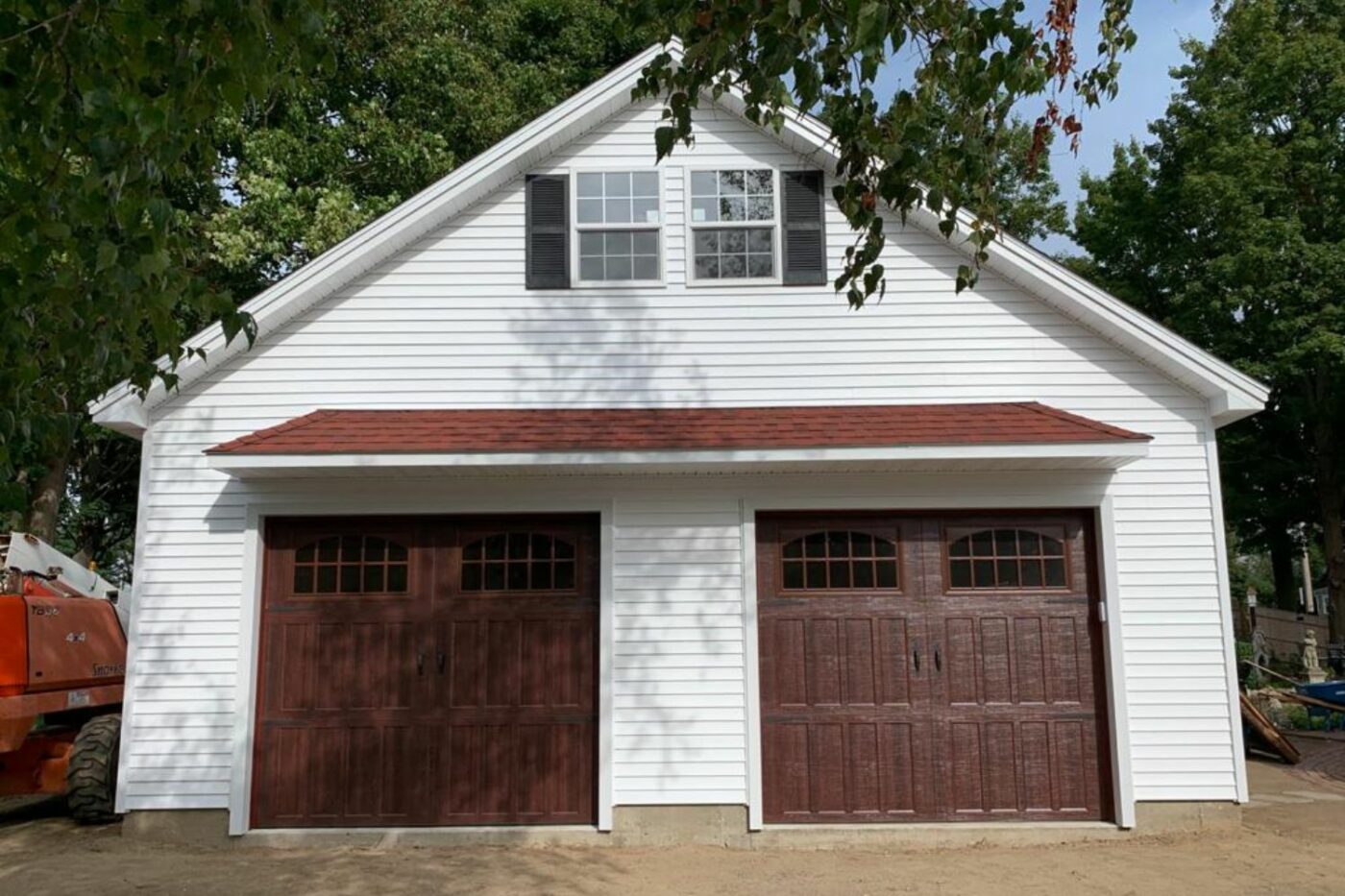
Yes! Absolutely. Roof vents are unquestionably necessary for the roof of your garage because all the fumes and toxic air your car generates need to be expelled. Vents in the roof are the best way to accomplish this. Without vents, your garage will be very stuffy, which could lead to harmful air toxins from chemicals and vehicle heat. So, ventilation is not only a good idea, it’s a necessity.
What Are the Best Vents for the Roof?
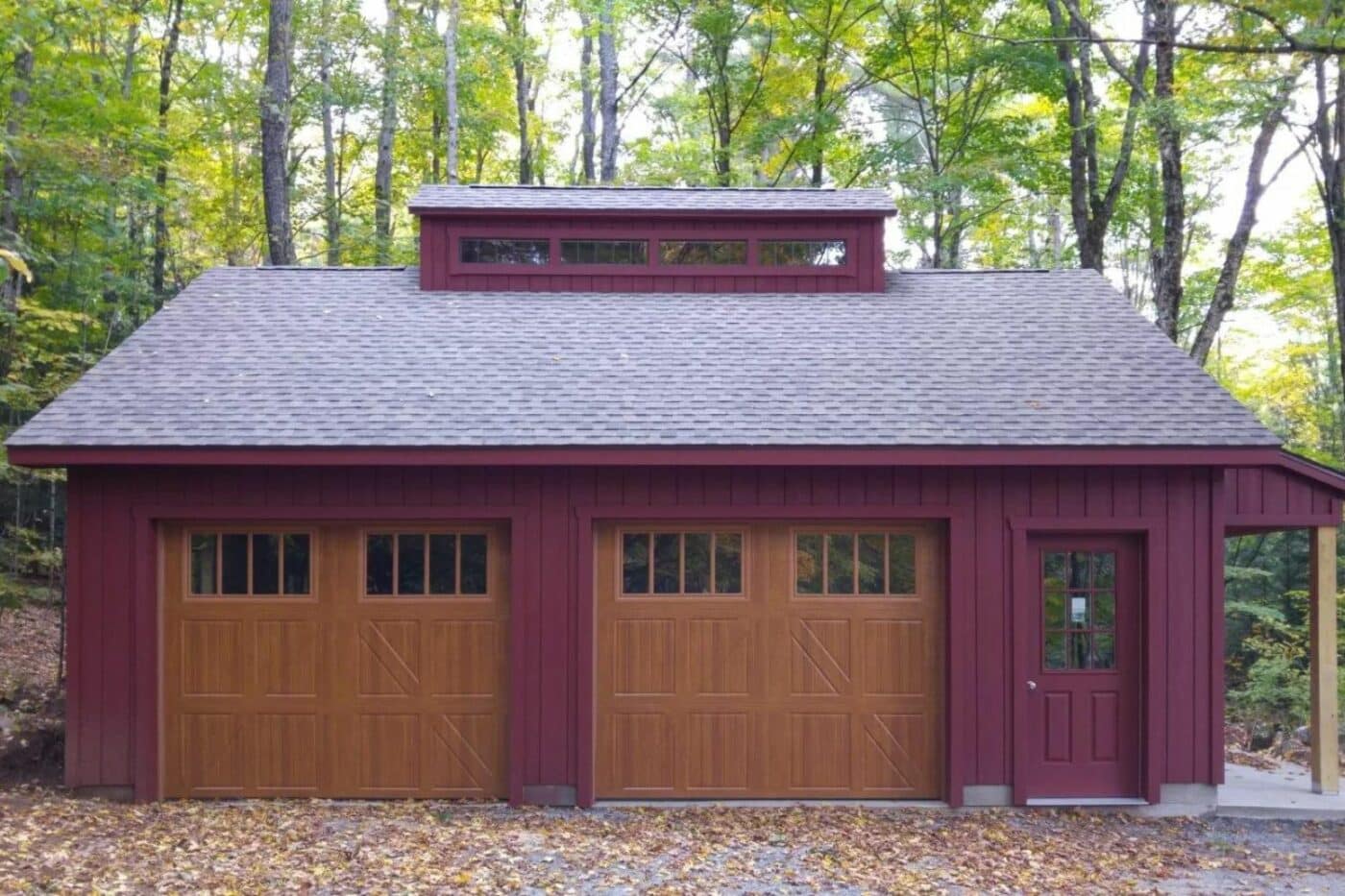
Whether you’re attempting to keep your garage cool and dry or to remove harmful air from your garage, these are some of the most effective garage roof vents.
- Soffit Vents: Soffit vents are a great way to keep the air flowing in and out of your roof at affordable prices.
- Roof Turbines: Roof turbines help expel unwanted heat and moisture from your garage.
- Cupola Vents: Cupola Vents will keep the roof dry and cool while also adding beauty.
- Fascia Vents: Fascia vents keep your roof ventilated and unwanted pests out, which extends the life of your roof.
- Ridge Vents: These vents are installed at the peak of the roof and cover slots made along the ridge.
Are Cupolas Installed on Garage Roofs?
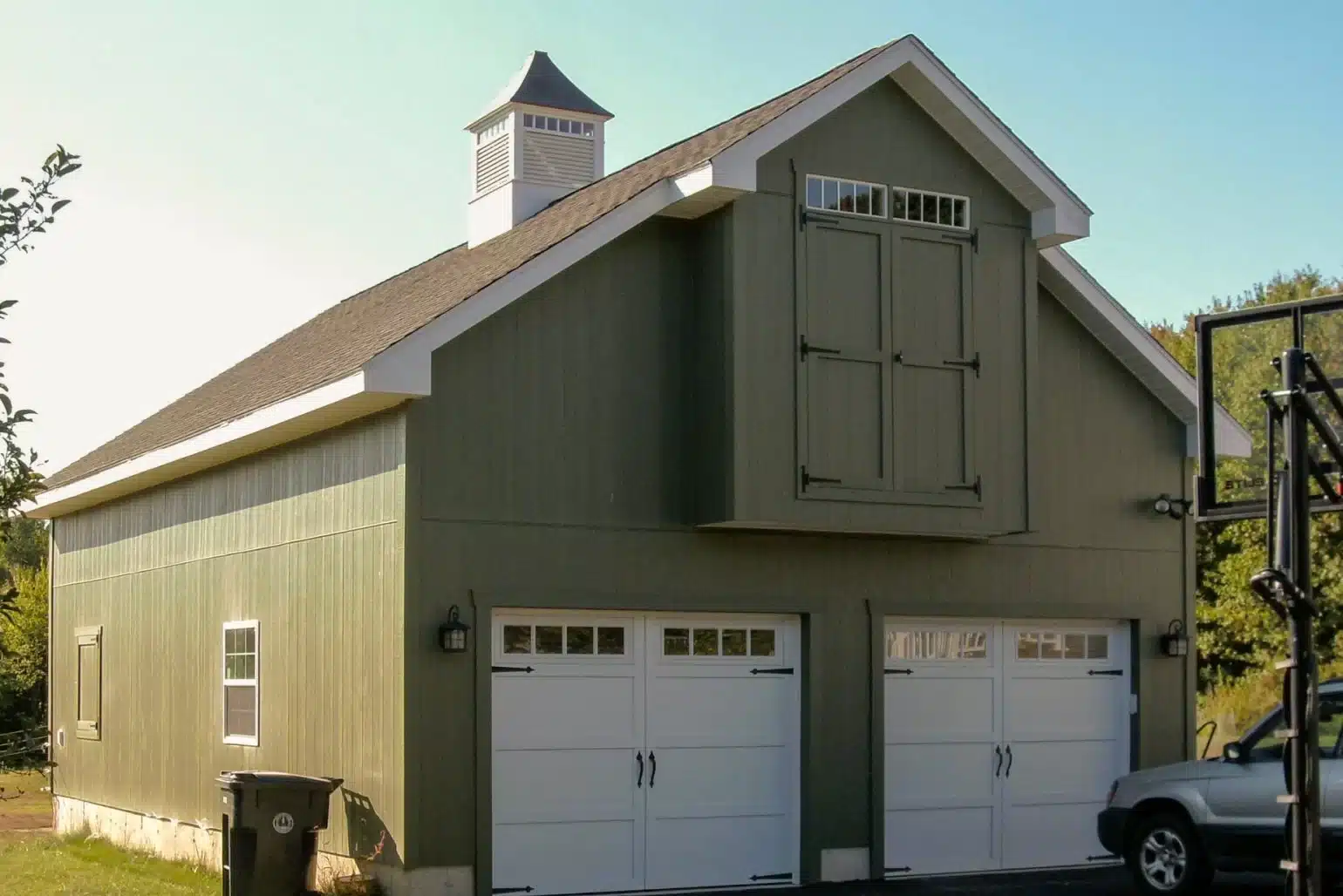
Yes, a cupola enhances your home’s design and the roof of any building really. It provides an excellent ventilation system by keeping your garage dry and cool. You can install cupolas on top of garage roofs if you store chemicals, gasoline, and fuels in your garage. You can install cupolas on your detached or attached garage. Since detached garages can be very humid during summer times, cupolas make excellent toppers to help dispel that humidity.
Types Of Garage Roof Materials
Metal Garage Roof

Advantages
- Durable and long-lasting with a lifespan of 40-70 years
- Resistant to Rot
- Fire Resistant
- Doesn’t attract pests
Disadvantages
- Noisy when raining
- Potential to rust if improperly installed
- Expensive
Asphalt Garage Roof
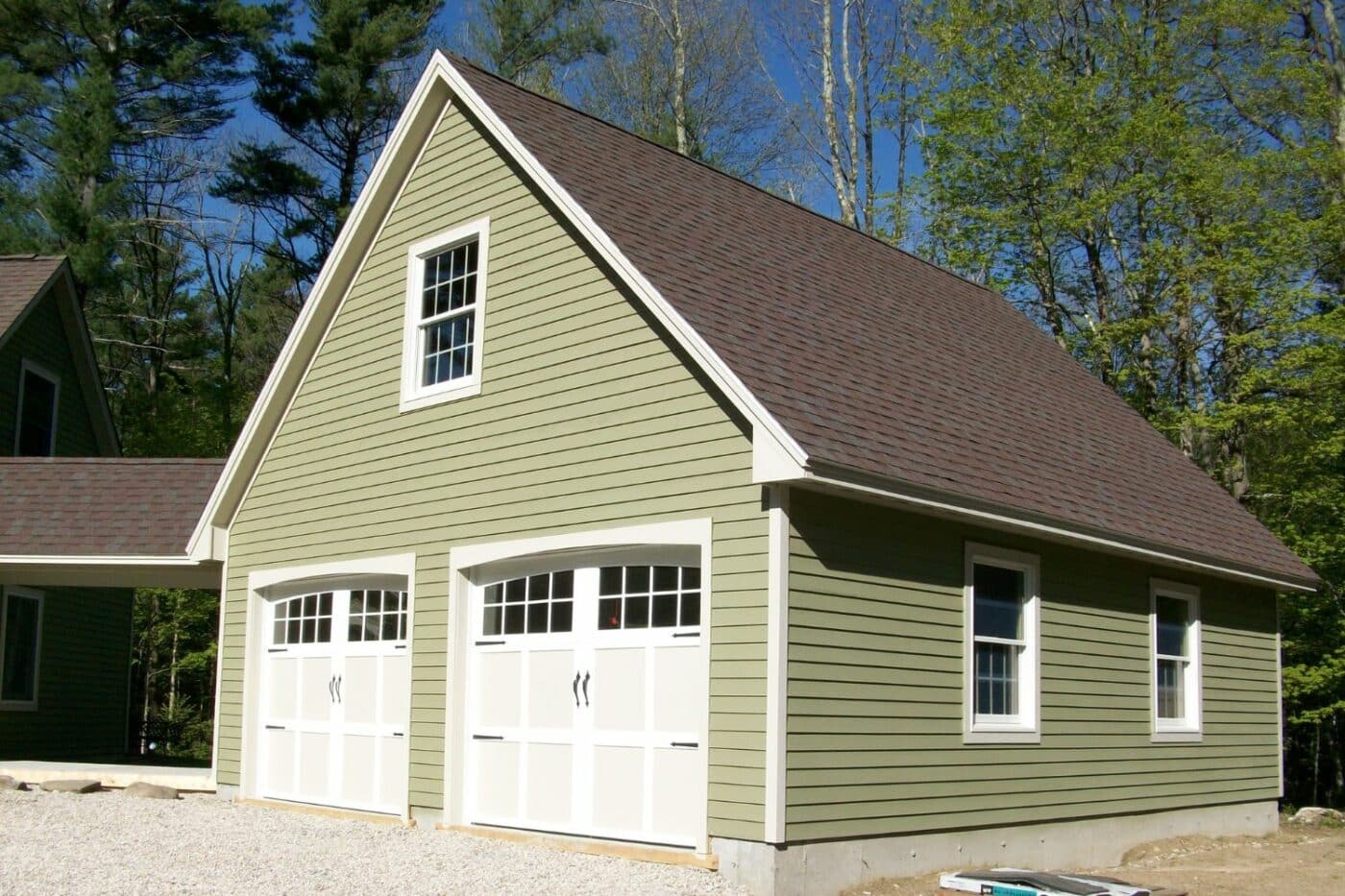
Advantages
- Great durability
- Multiple colors and designs
- Doesn’t Rust
- Inexpensive
Disadvantages
- Attracts mildew growth and pests
- Not as durable
- Gets damaged with heavy wind
Concrete Garage Roof
Advantages
- Extremely sturdy and durable with a lifespan of 20-50 years
- Little to no maintenance is required
- Endures extreme weather conditions
- Cost-effective
Disadvantages
- Lack of drainage
- Plant growth on the surface
- Look + Style
Rubber Garage Roof
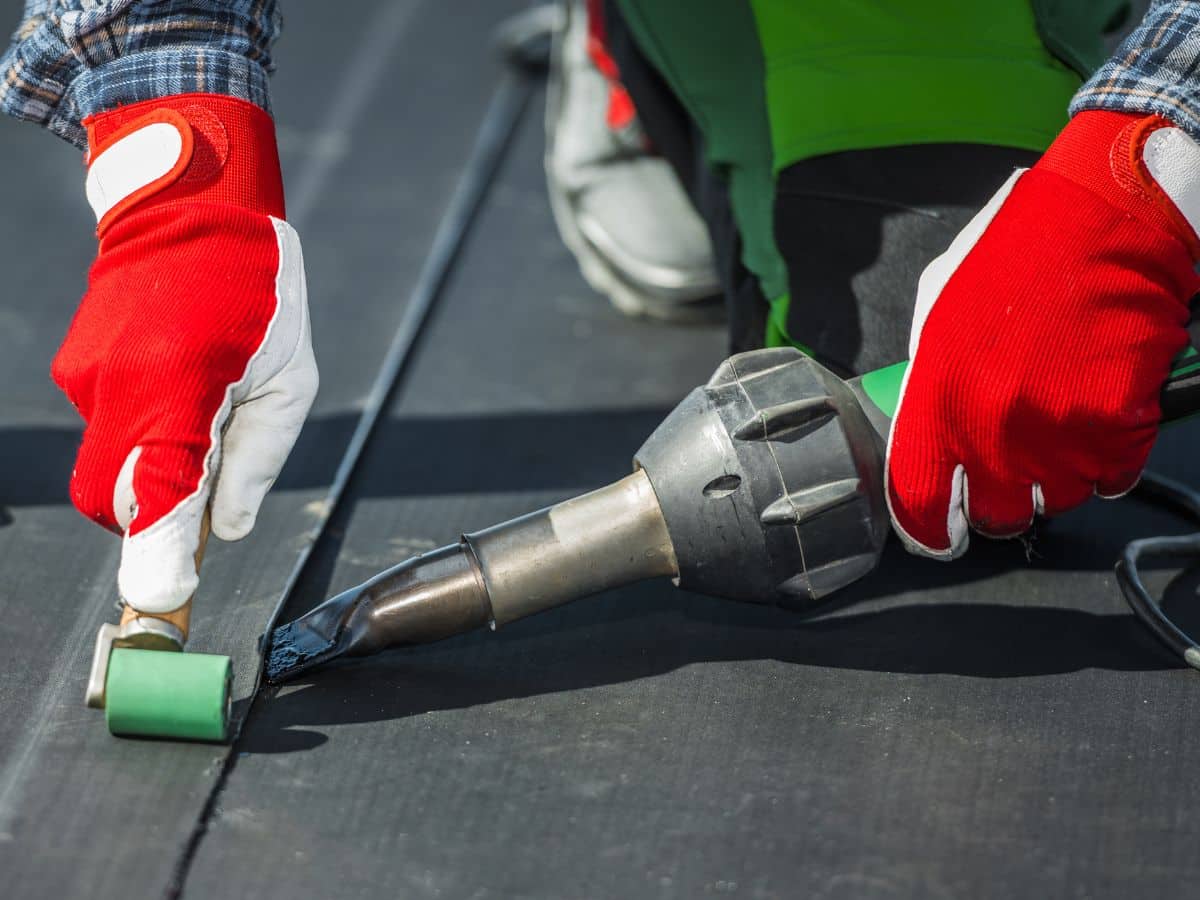
Advantages
- Withstands weather
- Doesn’t crack
- Reliable with a lifespan of 30-50 years
Disadvantages
- Will shrink if improperly installed
- Expensive
- More vulnerable to damage
Zinc Garage Roof
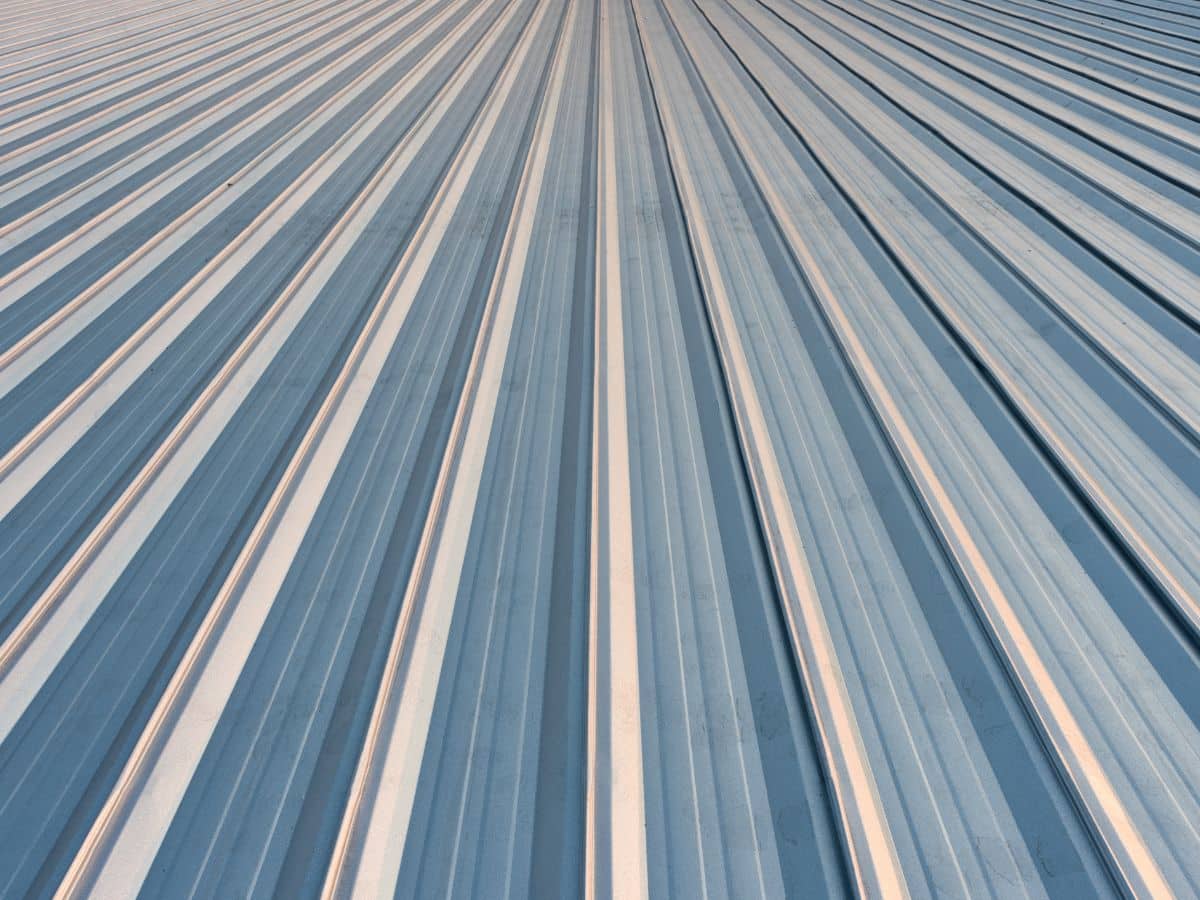
Advantages
- Durable and long-lasting with a lifespan of 35-50 years
- Fire resistant
- Low maintenance
- Quick to install
Disadvantages
- Expensive
- Aged appearance
- Mold and leakage problem
What are the Most Common Styles?

Knowing which kind of roof you want and the style is ideal. Many people fail to understand the importance of styles and their advantages and disadvantages. Let’s take a look at a few garage roof styles and their pros and cons.
Hip roof

A hip roof is one of the best roof styles. A hip roof is one with all four sides sloping downward from the peak. Since a hip roof has four sides that are sloped, it provides excellent protection from elements like winds and heavy snow.
Gable Roof
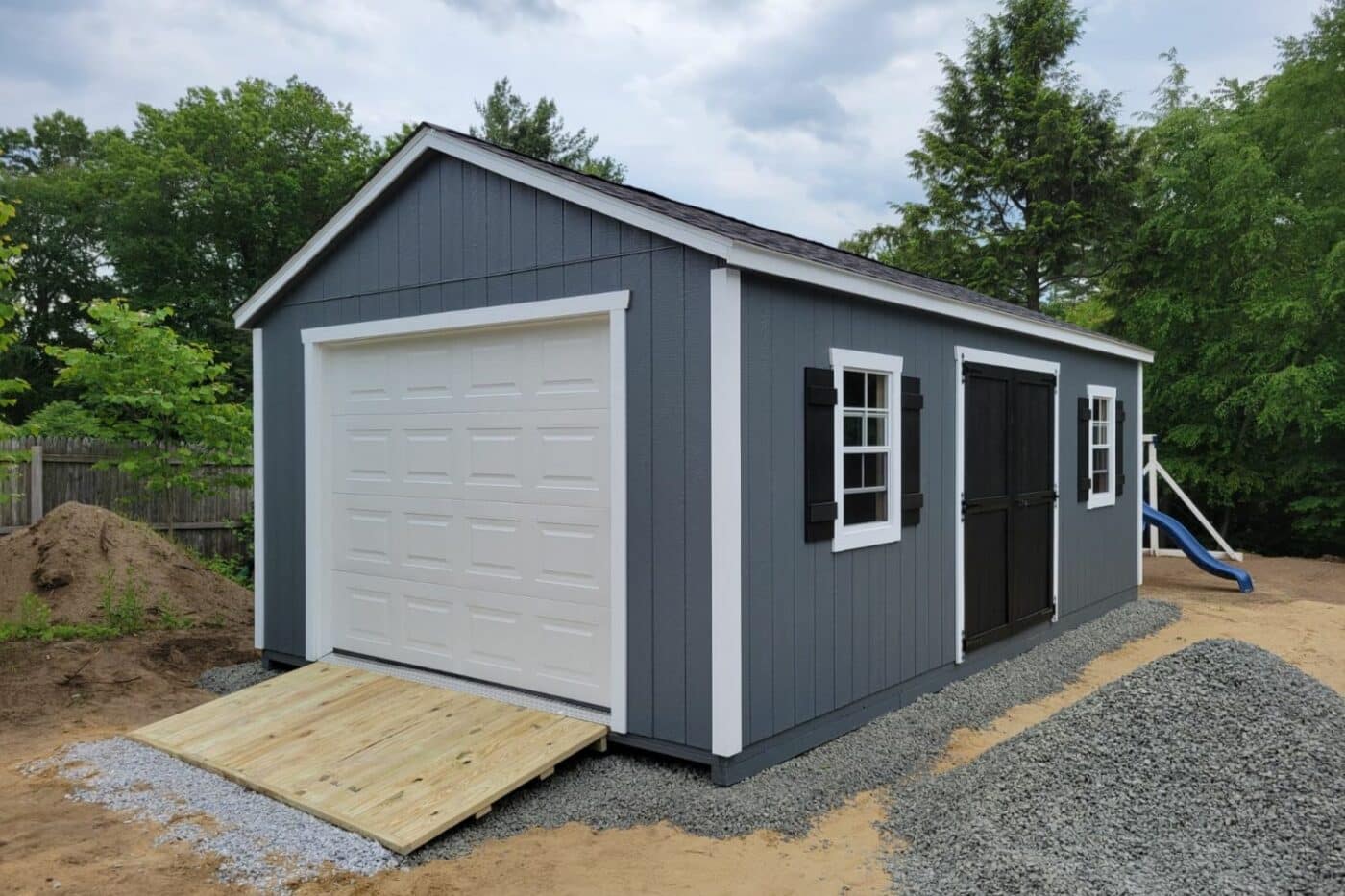
A gable roof consists of two sections whose upper horizontal edges meet to form its ridge. Gable roofs provide great drainage for rain and snow because of the two slopes. This roof also allows better ventilation.
Garage with a Shed Roof
A Garage shed roof is a single-pitched roof surface. It is the most affordable garage roofing style with excellent water and snow drainage. With a shed roof, you could install a skylight for more natural ventilation as well as natural light. Shed roofs have little to no attic space and are not used on larger garages.
Flat Roofs
Flat roofs are longer lasting than any other roofing style. Flat roofs give you multiple advantages as well as lower maintenance and repair cost due to less usage of material. But flat roofs are more likely to leak because they have drainage problems. They are also not suited for any snow. Flat garage roofs are not as attractive and stylish as others, but they can get the job done for less money if you are in the area for it.
Can you Install Solar Panels on Garage Roofs?
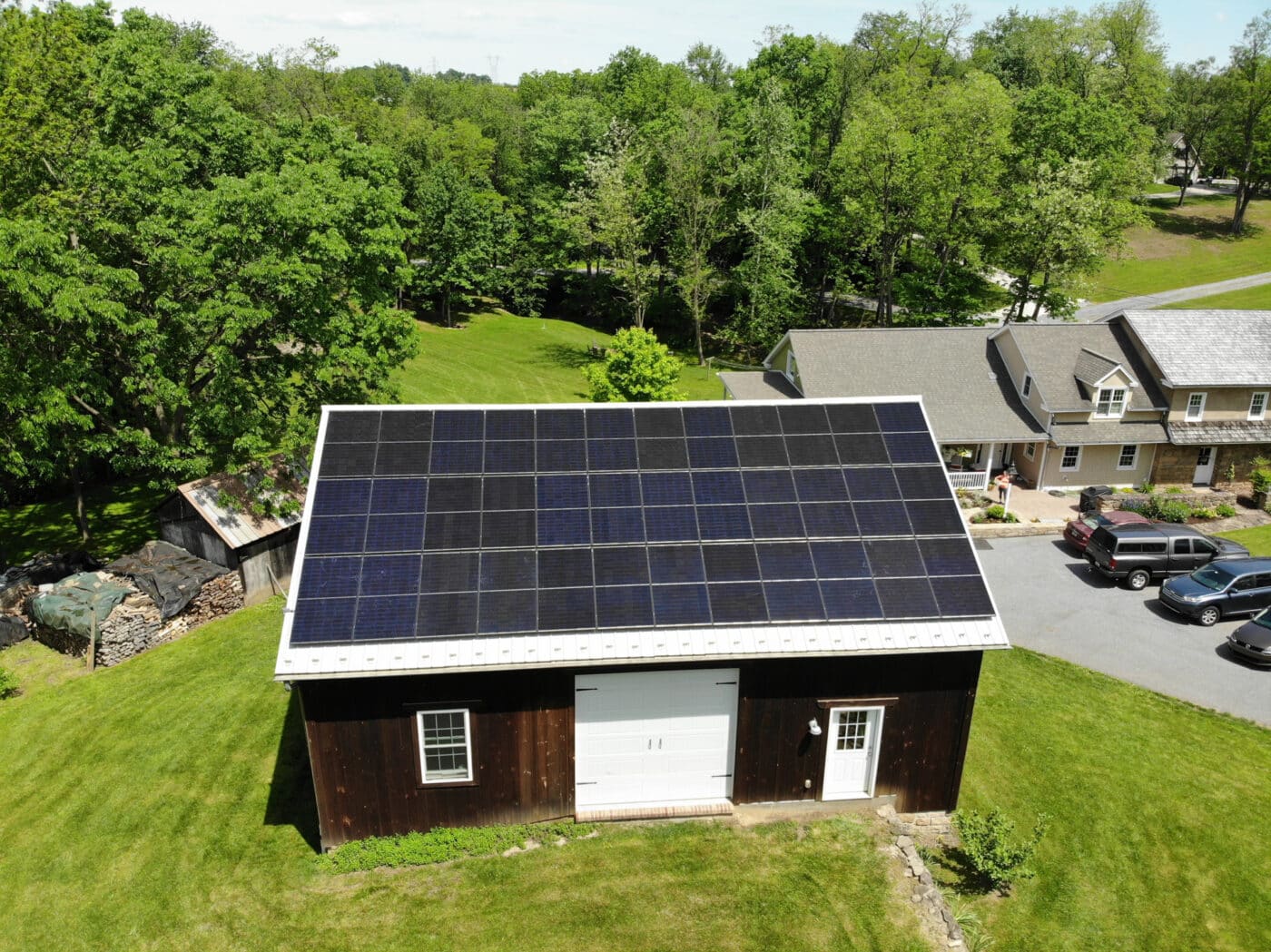
Yes, you could install solar panels on top of garage roofs, but it might also depend on the pitch or slope of the garage roof. Before installing solar panels, make sure your roof is in a quality shape. Putting solar panels on your garage roof could save you utility bills but cost you more if not done correctly. You can use Solar panels on your garage, but it is also essential to make sure your garage gets enough sunlight during the day.
Can you Build a Deck on Top of a Garage Roof?
If your garage is next to your house, then yes, you could build a deck on top of a garage. But your garage has to have a flat roof for the deck if it is directly on top. Building a deck on top of a garage could be expensive, time-consuming, and complex. The more popular option would be to install the 2nd floor over your garage.
Does a Garage Roof have Gutters?
Are gutters installed on a garage roof? Yes, garages need gutters for the same reason houses need gutters; to direct water away from the foundation. Gutters play an essential role in protecting your garage from water damage. During a storm, your gutter’s job is to direct all of the rainwater that falls from your roof away from your garage and into your yard. Water will pool around your garage’s foundation if your gutters are not functioning properly. So gutters are really important for garages.
Can you Insulate a Garage Roof?
Yes, you can insulate a garage roof, and it is critical that you insulate your ceiling if you are going to be spending time in the garage. Insulation can play a massive role in saving you heating and cooling bills since the insulation in your garage roof will keep your garage warm in colder months and cooler in the summer.
How to Insulate a Garage Roof?
If you’re considering insulating your garage roof, it is relatively straightforward. There are multiple types of insulation to choose from, but fiberglass insulation is perfect for DIY projects. Fiberglass insulation is long-lasting, durable, as well as affordable. It has multiple advantages, like being fire-resistant and providing resistance to humidity and high temperature. Here are the tools you need to insulate with fiberglass Fiberglass could irritate the skin and your lungs, so make sure you have all the safety gear.
- Ladder
- N-95 Mask
- Gloves
- Long Sleeve Shirts
- Box cutter
- Staple Gun
- Long Pants
- Hat
- Expanding foam
First, start by cleaning the surrounding of the garage. Put everything in the middle of the floor. After that, remove the drywall if your garage roof has any. If there are any nails and screws, start by removing them.
Second, If you notice any holes or cracks in the garage roof, seal them up using the expanding foam. Make sure there are no holes in the roof because if there are holes, this could expose the insulation to the rain, which could weaken the fiberglass resulting in sagging fiberglass.
Third, install the fiberglass and staple paper on the stud. Make sure the fiberglass is snug and airtight between the rafter for the best result. When you cut the fiberglass, cut it a little bigger than the size for it to fit in airtight.
Finally, install the drywall screwing every 6 inches using one ⅝ drywall screw.
What Type of Plywood is Best for a Garage Roof?
OSB is the best plywood used for garage roofs due to its stability, water resistance, and because of its affordable prices. OSB plywood is stronger, more durable, and more reliable than any other roof material in the market, making it the best. When constructing a garage roof, you want a long-lasting structure that will not cause any future problems.
Detached Garage Roofs vs Attached Garage Roof
Do you want a garage that is attached or detached? Both of these options have numerous advantages and disadvantages. Let’s go over some of the advantages and disadvantages of attached and detached garages.
What is a Detached Garage?
A detached garage is one that stands alone and is entirely separate from a residence. Here are the advantages and disadvantages of detached garages. Need some detached garage ideas? Check out this blog!
Advantages
- Larger and easily constructed
- Because they are larger, you can store multiple cars in the garage
- If you store chemicals in your garage, a detached garage is a better choice
Disadvantages
- It can be a hassle to get to during rain or snow
- May occupy yard space
- Requires different source of electricity for heating and cooling
If you want to learn a bit more about detached garages, check out this massive 30×40 detached garage we did for a customer!
What is an Attached Garage?
An attached garage, as the name implies, is a garage that is linked to one’s home, sharing one wall and providing direct access to the house.
Advantages
- You are not required to walk in a rainstorm or snow if you have an attached garage.
- It is close to the house, so you can do a lot of things there, such as keep an extra fridge in the garage and not have to walk far if you forget something.
- Less expensive
Disadvantages
- Attached garages can pose a security risk
- Attaches garages could be a fire risk
How Much Does it Cost to Replace a Garage Roof?
The cost of replacing a garage roof is determined by the size, pitch, and material of your garage roof. However, a 400-square-foot garage roof generally costs between $1,200 and $1,800. This equates to $2.75 to $4.50 per square foot. However, it is dependent on whether the material is asphalt or metal.
What is a Sagging Garage roof, and How do You Repair It?
You’ll know If your garage roof is sagging when it appears wavy and curved rather than straight. This could be a very dangerous sign that the garage roof may collapse due to a lack of maintenance and repair. There are multiple reasons that your garage roof may start sagging. It could be because of snow build-up on your garage roof, because of heavy wind, or because there was a leak that led to rotting or dripping onto the drywall. The problem could also be the roof’s structure, such as the garage roof wearing out through aging.
To repair a sagging garage roof, you may need to contact a contractor, but to prevent it, you can start by reinforcing the frames because supporting them is one of the most effective ways to keep your roof from sagging. Internal reinforcement and strengths can increase the amount of stress the garage roof can withstand and keep it from sagging. If the roof needs to be replaced, the old sheathing can be removed and replaced with larger rafters while the frame is exposed.
What is a Quick Fix to a Leaking Garage Roof?
A quick way to stop a leak in a garage is to place tarps on top of the roof so that water does not enter the roof and slide down to the gutter. But as a temporary fix for your leaking garage roof, you could use roof cement, silicone, or a rubber sealant. Roof cement is most effective in dry conditions. Some leaks may only require silicone; this product works best on smaller holes as a temporary fix. Rubber sealants can also be helpful, especially if you have to make a quick repair in wet conditions. Here is how they work.
- Roof cement: is a strong adhesive that seals up leaks and cracks. Apply by spreading the coat over the leaking area using a trowel. Spread about 2 inches beyond the damaged area. Depending on how many layers were applied and the weather conditions, it might take about 10 hours to dry up.
- Silicon: you can apply multiple layers of silicon coat all over the garage roof to stop a leak temporarily and form some sort of waterproof layer. The Silicone coat helps prevent water from getting in the garage.
- Rubber sealant: rubber sealants are strong and durable adhesives that will stop temporary leaks in garage roofs. You can apply rubber sealant using a paintbrush. Make sure to spread multiple layers of rubber sealant on the garage roof for a better sealant.
Can you Install a Skylight on a Garage Roof?
Can you install a skylight in a garage? Yes, a skylight can be installed in a garage for a more modern look or to let in the fresh air in a stuffy room. It also works excellently as ventilation. Most garage owners install skylights on their garage roofs to save on their energy costs (heating and cooling). To save on energy costs, make sure to install a skylight that is laminated glass and leak-proof. Installing a skylight in a garage roof is a great way to let light in dark places like garages where there might not be any windows.
Garages In MA

We build and customize garages, sheds, and gazebos to your specifications and needs in MA. We have one-car, two-car, and three-car garages available. We build garages to give your car security and to keep it from damage by weather conditions. You can choose an attached garage or a detached garage, as well as the option of having one or two floors. We can prepare the garage site for you if you need it and lay the concrete floor.
